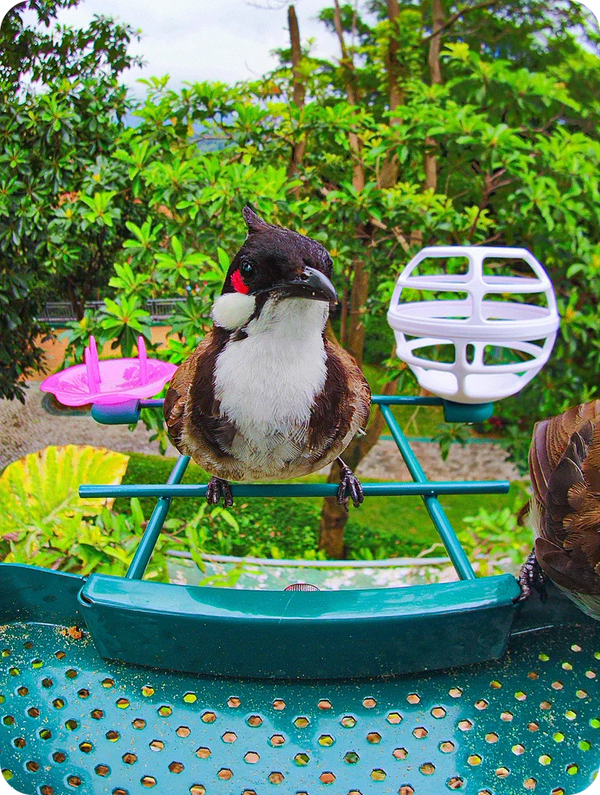Unlock the Secret to Attracting Wrens with the Perfect Bird Feeder!
Attracting wrens to your backyard can be a delightful experience for any bird enthusiast. These small, lively birds are known for their cheerful songs and energetic antics, making them a favorite among bird watchers. However, to invite these charming creatures into your garden, the right bird feeder is essential. Wrens have unique feeding habits that necessitate specific feeder designs to cater to their needs. Understanding these preferences not only enhances your chances of attracting them but also enriches your bird-watching experience.

Understanding Wren Feeding Habits
Wrens are known for their inquisitive nature and agile foraging behavior. In the wild, these birds primarily feed on insects, spiders, and other small invertebrates, making them skilled hunters. They often search for food in dense vegetation and can be seen hopping around on the ground or perched on low branches, flipping leaves and debris to uncover hidden treats. In addition to insects, wrens will also consume seeds and berries, especially during the colder months when other food sources are scarce. Their preference for varied diets means that a well-equipped bird feeder can attract them effectively, but it must align with their natural feeding habits.
Key Features of the Best Bird Feeders for Wrens
Choosing the right bird feeder for wrens involves considering several key features. First and foremost, size matters; wrens prefer feeders that are not too large, as these birds are relatively small. A compact design allows for easy access and encourages wrens to visit. Additionally, the type of feeding station is crucial; feeders with multiple access points or small perches can accommodate their energetic feeding style. Durable materials are also important, as these feeders need to withstand the elements and potential visits from larger birds. Finally, a design that minimizes waste and keeps food clean will ensure that wrens find a reliable food source in your garden.
Types of Bird Feeders Ideal for Wrens
When selecting a bird feeder to attract wrens, consider the following types: platform feeders are a popular choice, as they provide a spacious area for food and allow wrens to forage freely. Tube feeders can also be effective, especially those with smaller feeding ports that cater to the size of wrens. Suet feeders, which dispense high-energy food in the form of cakes or blocks, are excellent during colder months when wrens need extra nourishment. Each of these feeder types offers unique benefits and can be placed strategically to create a welcoming environment for wrens.
Placement and Maintenance Tips
The placement of your bird feeder plays a significant role in attracting wrens. Ideally, feeders should be positioned near dense shrubs or trees, as these provide natural cover for wrens while they feed. Avoid wide-open spaces, as wrens tend to shy away from areas where they feel exposed. Regular maintenance is equally important; keep feeders clean by washing them with mild soap and water to prevent mold and bacteria buildup. Ensuring that the feeder is filled with fresh food, and removing any spoiled items will make your garden more inviting to these charming birds.
Final Thoughts on Attracting Wrens
In summary, attracting wrens to your backyard is a rewarding endeavor that can be enhanced by selecting the right bird feeder. Understanding their feeding habits, choosing feeders with appropriate features, exploring various types of feeders, and following placement and maintenance tips are all integral to your success. By taking these steps, you not only increase your chances of seeing wrens in your garden but also create a vibrant ecosystem that supports these beautiful birds. So, take action today and transform your backyard into a haven for wrens!













